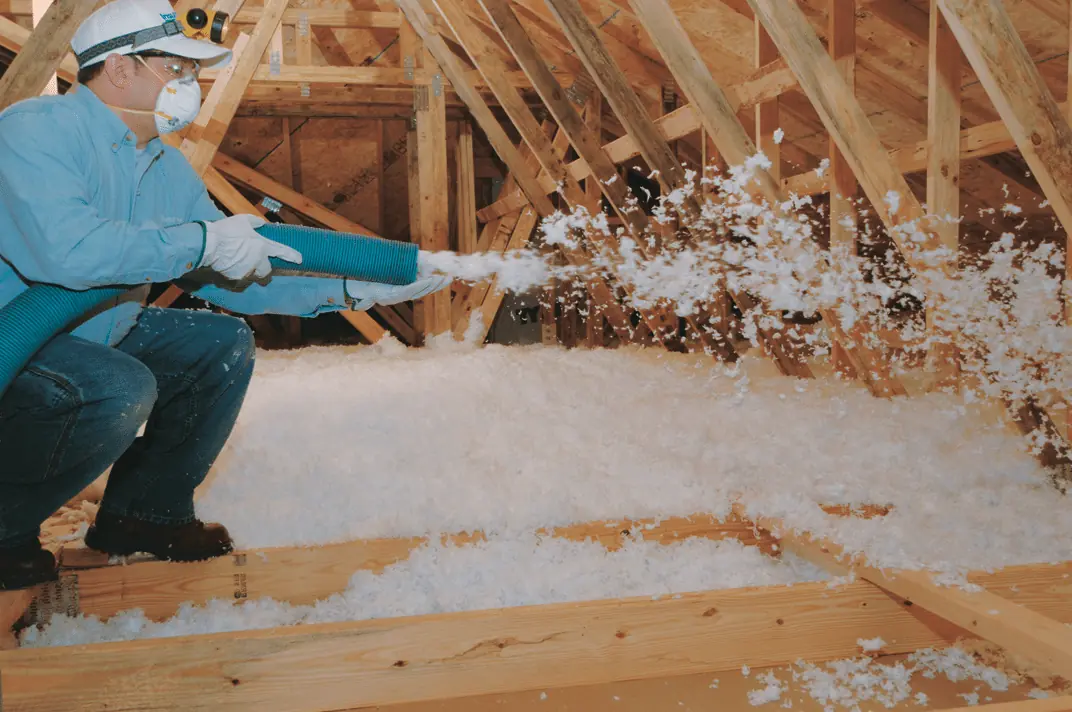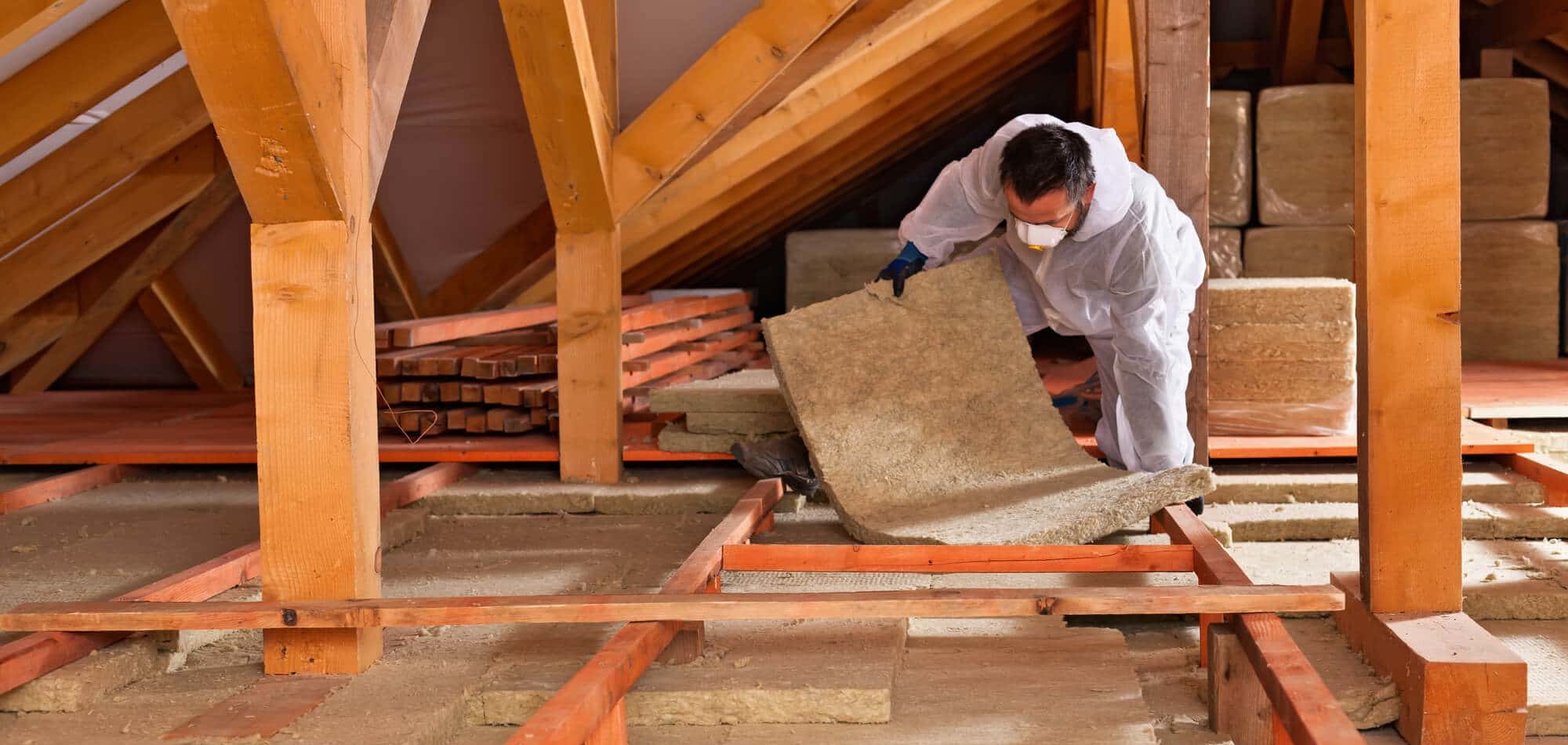Top Advantages of Upgrading Attic Insulation DFW for Your Home Comfort
Wiki Article
Discover the Different Sorts Of Attic Insulation and Their Distinct Advantages for Your Home's Power Efficiency

Fiberglass Insulation
Fiberglass insulation is among the most typically made use of products for attic room insulation as a result of its excellent thermal efficiency and cost-effectiveness. Composed of tiny glass fibers, this material properly catches air, producing a protecting obstacle that assists preserve consistent interior temperature levels. Its high R-value per inch makes it especially reliable at standing up to heat transfer, which is important for power preservation in homes.
Installment of fiberglass insulation is fairly uncomplicated, often readily available in batts or loose-fill types, accommodating different attic configurations. Additionally, it is non-combustible and resistant to moisture, lowering the threat of mold development. This sturdiness adds to its long life, making fiberglass a sensible lasting financial investment for homeowners.
Furthermore, fiberglass insulation is typically made from recycled products, which improves its eco-friendliness. The product can additionally add to soundproofing, lessening noise transfer in between areas. While it is important to wear safety equipment throughout installment to prevent inflammation from the fibers, the total advantages of fiberglass insulation, including power financial savings and environmental considerations, make it a preferred selection for boosting attic room efficiency and promoting a comfy living atmosphere.
Spray Foam Insulation
Spray foam insulation is a very reliable choice for attic room insulation, known for its exceptional air securing and thermal performance. This cutting-edge insulation material is made up of a combination of isocyanate and polyol resin, which, when integrated, expands quickly to load gaps and tooth cavities in the attic room. Its ability to comply with numerous surface areas ensures a continuous obstacle versus air leaks, significantly reducing warm loss throughout colder months and warmth gain throughout warmer seasons.Among the essential benefits of spray foam insulation is its high R-value per inch, which means it supplies superb thermal resistance in a reasonably slim application. This is especially beneficial in attic rooms where space is usually limited. Furthermore, spray foam can help lessen moisture build-up, minimizing the risk of mold and mildew and mold development, which can be destructive to both the structure and indoor air quality.
While the initial price of spray foam insulation might be more than standard options, its long-term power cost savings, coupled with enhanced comfort and enhanced home worth, make it a worthwhile financial investment for property owners seeking boosted power effectiveness. Attic Insulation DFW. In general, spray foam insulation sticks out as a reliable option for maximizing attic insulation
Cellulose Insulation

Cellulose insulation is a prominent selection for attic insulation, mostly made up of recycled paper products treated with fire retardants. This eco-friendly choice is recognized for its superb thermal performance, effectively minimizing warmth transfer in both summer season and wintertime months. The thick make-up of cellulose allows it to fill up spaces and voids in attic room spaces, giving a smooth barrier against air leakages.
Among the significant benefits of cellulose insulation is its capability to withstand mold and mildew and parasites, owing to the fire retardant treatments utilized throughout manufacturing. In addition, it flaunts a high R-value per inch, which translates right into superior energy effectiveness. Property owners can expect reduced cooling and heating prices as a result of enhanced insulation.
Setup is typically achieved through blowing loosened cellulose into the desired location, permitting a quick and reliable process. This approach additionally minimizes disruption to the existing structure. Additionally, cellulose insulation has a relatively reduced environmental influence, as its manufacturing procedure utilizes recycled materials, adding to sustainable structure methods.
Rock Woollen Insulation
Related Site Amongst the numerous alternatives for attic insulation, rock wool, also known as mineral woollen, stands apart as a result of its excellent thermal and acoustic efficiency. Made from natural or recycled products, rock woollen is produced by thawing rock and spinning it into fibers, causing a product that uses outstanding insulation residential or commercial properties.One of the substantial advantages of rock wool insulation is its high R-value, which shows its performance in standing up to warm circulation. This particular not only boosts energy effectiveness however additionally contributes to preserving a comfy indoor temperature level year-round. In addition, rock wool is naturally fireproof, making it a much safer option for homes as it can withstand heats without melting or launching toxic fumes.
Furthermore, rock woollen insulation stands out in soundproofing capabilities, efficiently lowering look at here noise transmission in between rooms and from outside sources. In general, rock wool insulation offers a detailed remedy for improving energy efficiency, safety and security, and comfort in property setups.
Radiant Obstacle Insulation
Glowing barrier insulation acts as a reliable remedy for minimizing warm transfer in attics, particularly in warmer environments. This kind of insulation jobs by reflecting induction heat away from living rooms, consequently lowering the amount of heat that enters a home during warm climate - Attic Insulation DFW. Usually made up of an extremely reflective material, such as aluminum foil, glowing barriers are installed in attics, encountering the roofing, where they can obstruct incoming heat from the sunlightThe key advantage of glowing obstacle insulation is its capacity to reduced cooling expenses. By reflecting heat rather than absorbing it, glowing barriers can help preserve a more stable interior temperature level, decreasing the work on cooling systems. This effectiveness translates into reduced energy expenses and boosted comfort for home owners.
In addition to power savings, glowing obstacles can likewise add to boosted interior air quality. By reducing warm build-up, they assist decrease humidity levels, which can stop mold and mildew development and boost general why not try this out air flow. When installed appropriately, glowing obstacle insulation can be an indispensable addition to any kind of energy-efficient home, making it a worthy consideration for house owners wanting to improve their attic insulation approach.
Final Thought
In final thought, recognizing the different kinds of attic insulation-- fiberglass, spray foam, cellulose, rock wool, and glowing obstacles-- enables home owners to make informed choices relating to power efficiency. By picking the proper insulation material, substantial decreases in power prices can be attained, along with enhancements in interior comfort.

In conclusion, recognizing the different kinds of attic room insulation-- fiberglass, spray foam, cellulose, rock woollen, and radiant obstacles-- enables homeowners to make educated choices relating to energy efficiency.
Report this wiki page